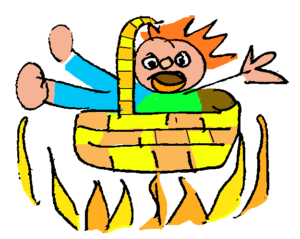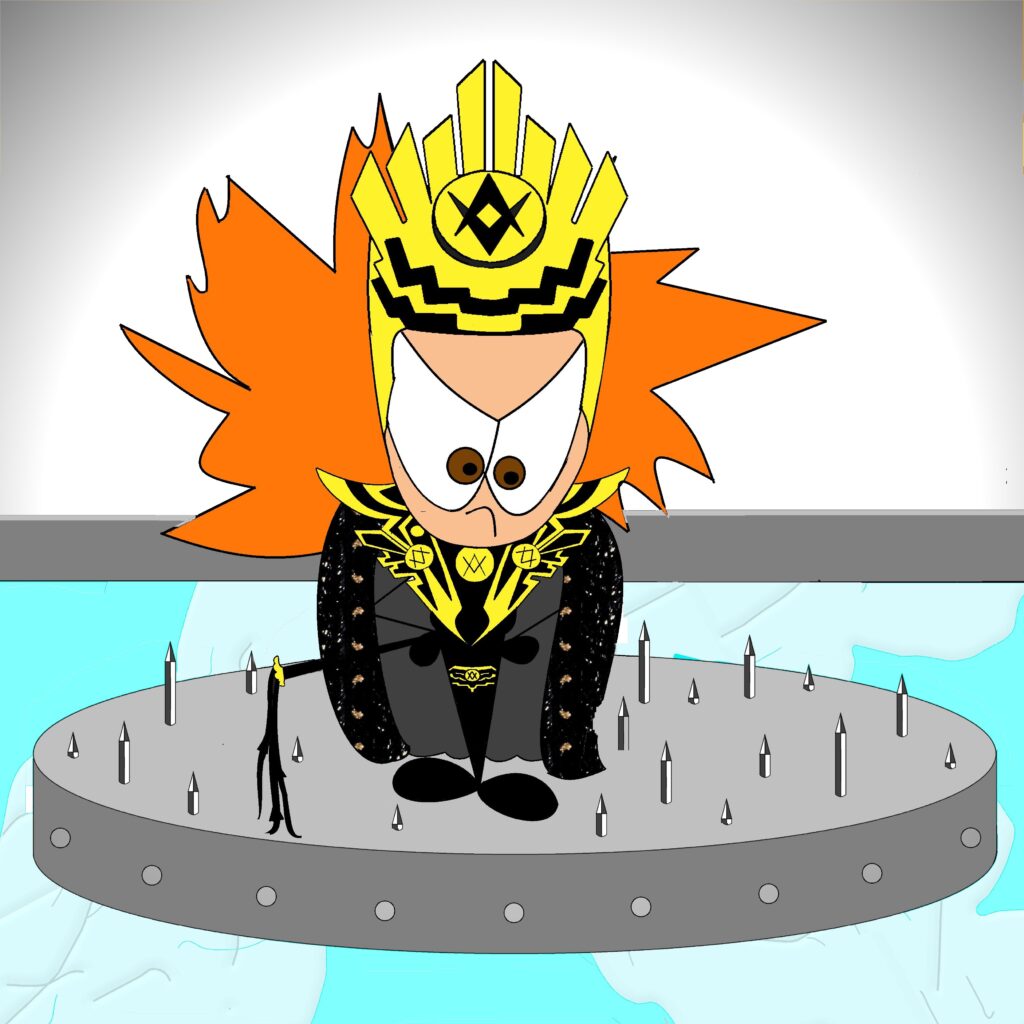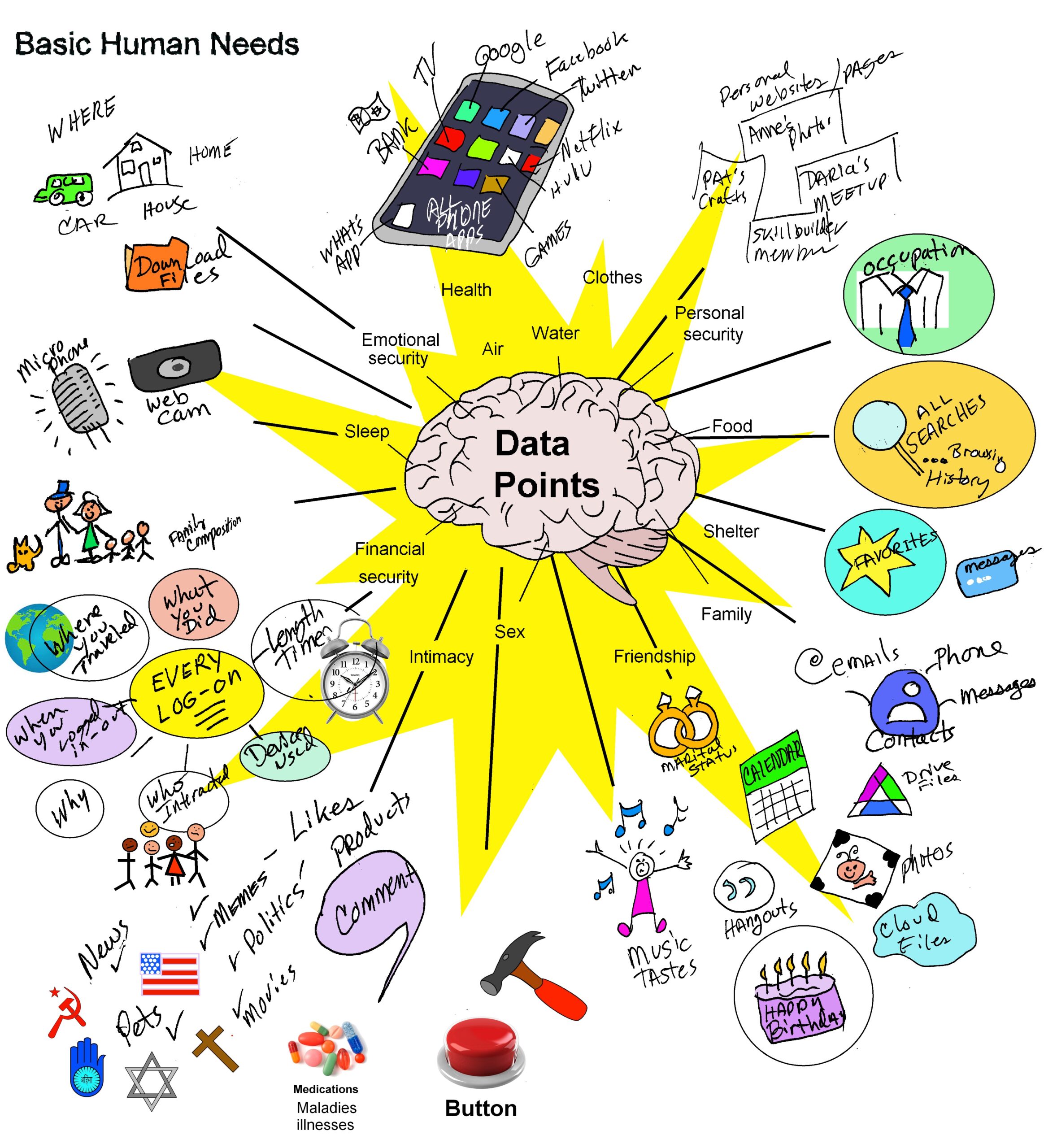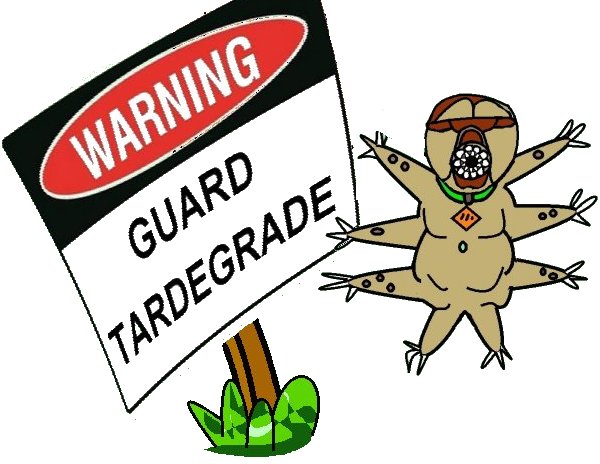Memories of Mother
We seem to agree that traumatic and bad memories save in the brain like snapshots displayed in photo albums. Fond, loving memories wisp away into pleasant thoughts and feelings of favorite foods, places, people reinforced through memento, photo, art, music, books, literature, movies, media.
Traumatic memories have their purpose, mostly survival. Trauma calls for immediate attention to a sudden predicament where survival might be at stake.
Trauma is a learning moment and what a person does to survive trauma provides the brain a blueprint for action should future trauma occur.
Stereotype Memory Pod
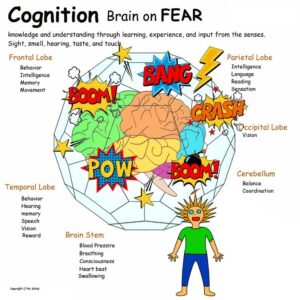 The brain’s instruction manual for emergencies.
The brain’s instruction manual for emergencies.
Traumatic memories remind us that we survived xyz by doing abc, therefor we should continue surviving through xyz by doing abc.
As we grow, mature and age, hopefully traumatic memories will explain themselves in time and improved survival stereotypes will replace earlier imprints.
What Does This Have To Do With Mother?
The earliest memory of Mother happened at around 3 years.
We recall a feeling of horror at seeing Mother coming toward us while screaming angrily. We had emerged from a closet and were waving a shoe in our right hand.
Have no further recollection. Control sees to that. Which tells the rest of us that Control is not ready to review the memory and Growth doesn’t care to discuss.
This leaves Chaos free to exploit our dreams, wreak emotional havoc and send us spiraling into our old, tired, destructive patterns.
Comfort foods, activities
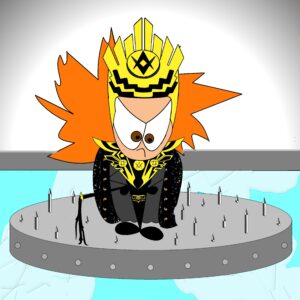 Doesn’t This Put Chaos in Control?
Doesn’t This Put Chaos in Control?
That’s the fun part of the brain’s battle between good and evil, right and wrong, happy or sad.
Whatever you call them,
- Chaos & Control,
- Devil & Angel,
- Yin Yang
These entities hold no physical control to move your muscles so must resort to wreak chemical havoc in the brain to force the appropriate comfort food response or activity.
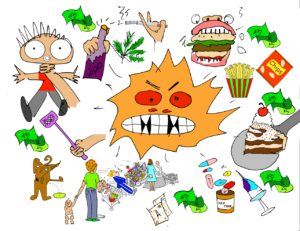
Growth Also has no Physical Substance
Which brings us back to our opening statement:
We seem to agree that traumatic and bad memories become saved in the brain like snapshots displayed in photo albums. Fond, loving memories wisp away into pleasant thoughts and feelings of favorite foods, places, people reinforced through memento, photo, art, music, books, literature, movies, media.
It is in this emotional state where stereotype responses can rule behavior whether positively or negatively.
| Negative | Positive |
|---|---|
|
|
Not all traumatic memories are bad memories.
The first time an infant touches hot is traumatic but a survival teaching moment trauma that usually needs no further reminders.
Many traumas can be explained away and nulified through investigation or learning new things about the trauma and ways to cope.
Recently we focused in on a particularly traumatic memory with unexpected results.
The trauma of witnessing our Father being hauled away against his will by men in the white coats. Yes, it could be done in those days. Mother was afraid of Father and he did have a psychiatric history so…
Our problem was we were all of 8 or 9 years old, a Daddy’s girl at the time and unprepared for life with Mother
- the incident was not discussed
- his absence was not discussed
- our feelings were not discussed
We recall many nights of crying, sobbing and often screaming in the hopes Father would hear and come rescue us.
We recall hearing giggles and laughter from the living room where Mother and sister watched television together.
We recall Mother entering the room with wooden spoon in hand to beat us into silence.
The memory usually arrives in the middle of the sleepless night and leaves us sad and resentful.
This time we stepped into the memory as an adult.
We faced Mother and said, “What horrible things happened to you to make you like this?”
We told Mother “No! You aren’t doing this. Go back.”
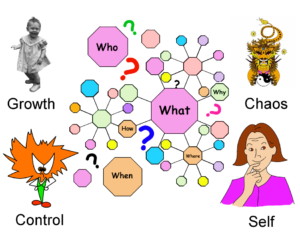 Then we sat with our young self until she was no longer afraid.
Then we sat with our young self until she was no longer afraid.
A day or so later, the incident doesn’t seem so important any more.
Isn’t that interesting?
